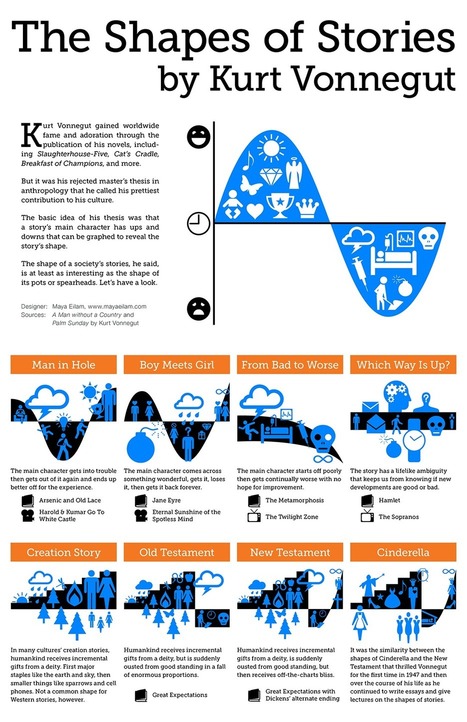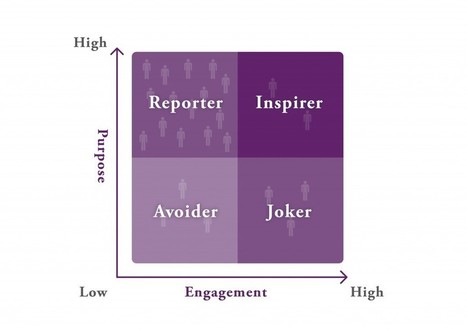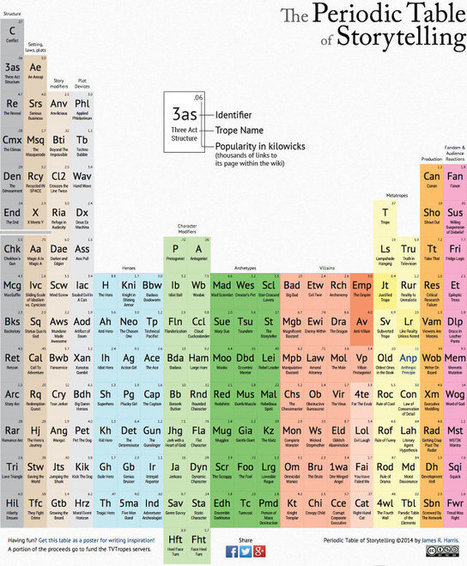"The way we tell stories has changed — from oral traditions, pictographs, and dance, to the modern printing press, film, and television, and beyond — but the fundamentals of a good story persist.
Brand stories are nothing new. What’s new is the challenge to communicate the same narratives across an ever-evolving media landscape (e.g., new devices, multiscreens, changing consumption behaviors, changing demographics, etc.).
Classic archetypes are central to good brand storytelling, regardless of the medium. Marketers must become familiar with and leverage the classic archetypes."
Read the full article to find out more about these seven ancient archetypes and discover examples of brands who are successfully using them:
- The quest
- Overcoming the monster
- Rags to riches
- Rebirth
- Voyage & return
- Tragedy
- Comedy



 Your new post is loading...
Your new post is loading...




















Why fight a good thing? I've scooped many an article on story types (or genres, plots, archetypes) because they have proven over and over again they work. And it's always worth highlighting a new article about it, especially ones that showcase modern day and well known examples that use this formulaic approach.
If you'd like to know more about plots, here's a few individuals to check into: